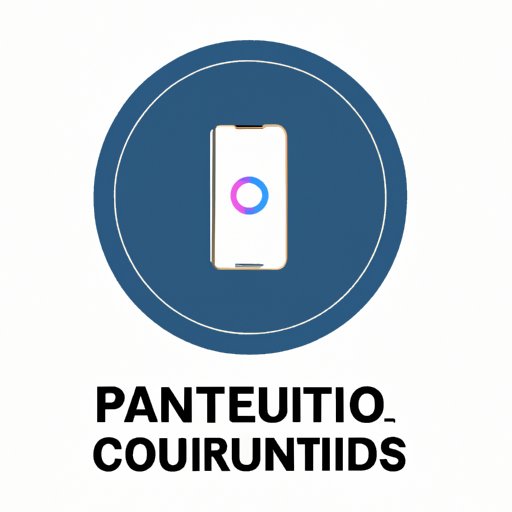
Introduction
Welcome to this complete guide on how to put parental controls on iPhone. One of the biggest worries for parents in our technology-centric world is how to keep their children safe while using iPhones. The good news is that Apple has built-in parental controls that allow you to restrict certain types of content, manage screen time, and lockdown certain features of the phone. The purpose of this article is to provide you with a comprehensive overview of how to set up parental controls on your iPhone.
Step-by-Step Guide to Enable Parental Controls on an iPhone
The first step in enabling parental controls is to access the settings app on your iPhone. From there, you will need to:
- Tap on “Screen Time.”
- Select “Use Screen Time Passcode.” You will need a four-digit passcode to make changes to these settings in the future.
- Enable the “Share Across Devices” feature if you would like these settings to apply to other devices linked to the same iCloud account.
Once you have completed these steps, you will be presented with a user-friendly dashboard that allows you to restrict certain apps and activities on the phone. You can turn on specific restrictions such as certain age ratings, explicit language, or adult websites to be blocked. You can also set time limits and use “Downtime” to restrict certain features during predetermined time periods.
Benefits and Importance of Setting up Parental Controls on an iPhone
There are several benefits to setting up parental controls on your iPhone. Firstly, you can protect your children from inappropriate content such as violent or sexual material. You can also monitor their screen time and device usage to ensure they are not spending too long on their phone and not getting enough outdoor activity. The overall goal is to demonstrate healthy device habits and ensure the safety and privacy of your family.
Tips and Tricks for Customizing Parental Controls on an iPhone to Fit Your Family’s Needs
It is important to customize parental controls to fit your particular family’s needs. This means identifying specific needs and concerns. For example, if your child is a gamer, you can limit access to certain types of games or set a time limit on their usage. Similarly, if sleep habits are affected by late-night phone usage, you can set Downtime which restricts access to the phone during certain periods. Keep in mind that restrictions may need to be adjusted as children age and new needs arise.
Comparison of Different Parental Control Apps and Services Available for iPhones
There are several apps and services available that offer additional parental controls beyond those provided by Apple’s Screen Time. Some popular options include:
- Screen Time: Built-in Apple Settings
- Circle: App and device management across multiple devices
- Qustodio: Advanced location tracking and device management
While these services offer additional features and controls, there is usually a cost for access. Be sure to compare prices and features before selecting the best service for your family’s needs.
Frequently Asked Questions and Common Troubleshooting Solutions for Parental Controls on an iPhone
Some common questions and concerns regarding parental controls on iPhones include:
- How do I reset the passcode? This can be done by going to Settings > Screen Time > Change Screen Time Passcode > Forgot Passcode.
- Why aren’t the restrictions working? If there are issues with restrictions, try resetting the settings through the Setting app. If the issue persists, contact Apple support for further assistance.
- Can I set different restrictions for different family members? Yes, individual accounts can be set up with specific restrictions within the Screen Time settings.
Conclusion
In conclusion, parental controls are a simple and necessary tool for managing your child’s iPhone usage and ensuring their safety. By following the step-by-step guide and adjusting these settings to your family’s specific needs, you can have peace of mind knowing your children are protected from inappropriate content and developing healthy device habits.




